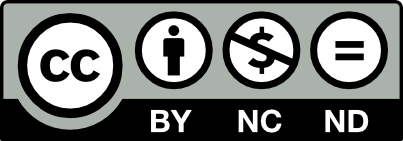Please use this identifier to cite or link to this item:
http://hdl.handle.net/10609/98506
| Title: | El problema: fake news. La solución: blockchain |
| Author: | Pavía Martínez, Azarías |
| Tutor: | Creus, Tomás |
| Abstract: | Anyone with internet access can share information. This fact alone converts every information system into an open and vulnerable system. In this way, any journalist - professional or not - can entertain rather than inform. You can share second-hand information without contrast. And if I wanted, I could segment, skew, or manipulate the information for profit and / or defamatory purposes. Journalistic marketing collects large amounts of data that are then analyzed to classify audiences according to their tastes, preferences, habits and behaviors. This study aims to understand the art of fake news: how audiences are segmented, how news is born, how it is manipulated and how it spreads to make it viral. Finally, blockchain technology is presented as a solution that guarantees decentralization, truthfulness of facts and renews the social media business model. |
| Keywords: | fake news social networks marketing and communication digital advertising blockchain |
| Document type: | info:eu-repo/semantics/bachelorThesis |
| Issue Date: | 13-Jun-2019 |
| Publication license: | http://creativecommons.org/licenses/by-nc-nd/3.0/es/  |
| Appears in Collections: | Bachelor thesis, research projects, etc. |
Files in This Item:
| File | Description | Size | Format | |
|---|---|---|---|---|
| apaviamTFG0619memoria.pdf | Memoria del TFG | 1,35 MB | Adobe PDF |  View/Open |
Share:
 Google Scholar
Google Scholar
 Microsoft Academic
Microsoft Academic
This item is licensed under a Creative Commons License


